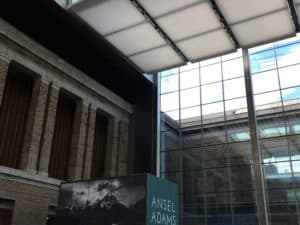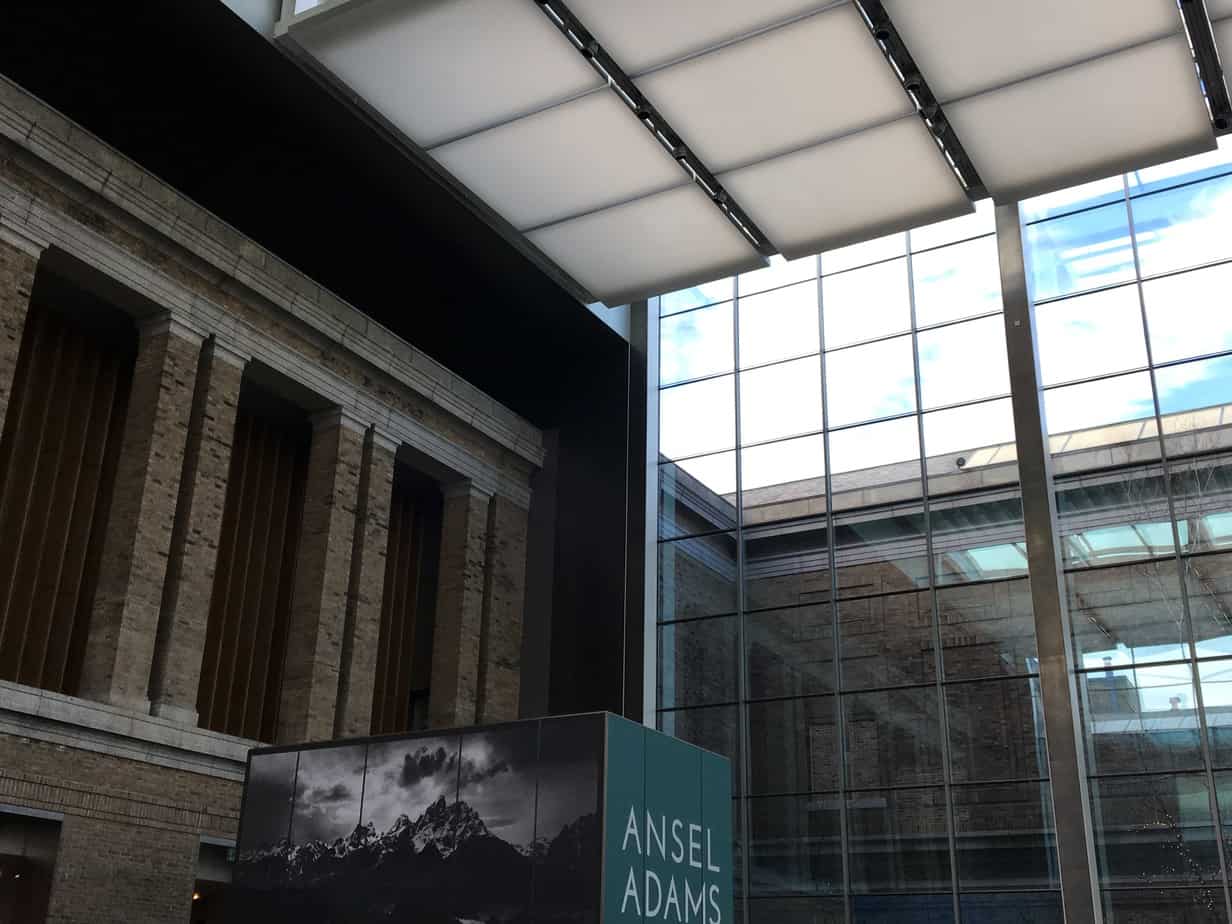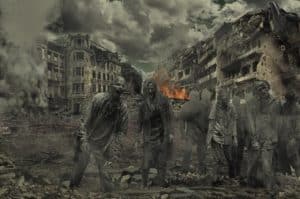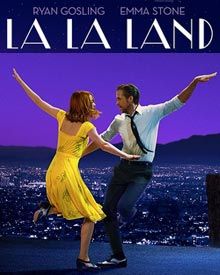 In some ways Ansel Adams confirmed that my husband and I were a match made in heaven. No, I did not know the famous photographer personally. No, he did not arrange my first date with my husband through a Sierra Club app. However, his photography played a role in sealing our fate.
In some ways Ansel Adams confirmed that my husband and I were a match made in heaven. No, I did not know the famous photographer personally. No, he did not arrange my first date with my husband through a Sierra Club app. However, his photography played a role in sealing our fate.
You see the first time I ventured to my future husband Vincent’s condo in Brighton for a homemade dinner I noticed a few things. First, we owned the same rice cooker. This was amazing in itself because I had acquired mine from a family friend who had taught at the university with my father. The professor was heading back to his home in Hong Kong, so he kindly dropped off the rice cooker for us to use. Believe me when I say at that time I don’t think there was anyone else in my hometown of Farmington, Connecticut who owned a rice cooker, nevermind this particular model. To find out Vincent owned the exact same one was nothing short of miraculous.
But I digress. The other thing I noticed was Vincent’s décor. His place was completely modern compared to the antique New England look that was familiar to me. It was like seeing an IKEA showroom before I knew about IKEA. And there, on his living room wall above his keyboard, stood two framed Ansel Adams prints: Moon and Half Dome and Old Faithful Geyser. While I owned a coffee table-sized book entitled Ansel Adams In Color, edited by Harry M. Callahan, the full-sized prints on his wall had a completely different effect. I was transported to another time and place.
In this way Ansel Adams brought us together. I looked at Vincent with new appreciation and through the lens of this great photographer. After all, my future husband was not like anyone I had dated before. As a Chinese-American who grew up in San Francisco, he was surrounded by a world much like the one Adams experienced. These beautiful portraits of nature were in his back yard, so to speak, and they were directly opposite from the tight, curving New England roads that I knew and loved.
Still, I could feel the West calling to me, as so many others have when they fall into the world of Ansel Adams. I wanted to see these wild and lonely places. This is truly the beauty of his work. As Robert Frost’s words call to a place deep in our souls, so do Ansel Adams’ landscapes. When we observe them, we long for the quiet, the simple, and the majestic.
As Robert Turnage wrote in a piece for the Ansel Adams Gallery, “Wilderness has always been for Adams ‘a mystique: a valid, intangible, non-materialistic experience.’ Through his photographs he has touched countless people with a sense of that mystique and a realization of the importance of preserving the last remaining wilderness lands.”
Like many famous people, Adams did not have an easy start to life. As the children’s book, Antsy Ansel: Ansel Adams, a Life in Nature, by Cindy Jenson-Elliott (Illustrated by Christy Hale) reveals, Adams was an antsy child. He couldn’t sit still in school long enough to learn, and so his parents allowed him to be home-schooled and learn outside from nature. “’Why don’t you go outside?’ suggested his father. So Ansel did, whenever he could.” The day that his parents gave him a camera changed his life and our world, too. There was no looking back.
Not surprisingly, when I noticed that the Museum of Fine Arts (MFA) was having a special exhibit entitled Ansel Adams in Our Time, I had to go. The exhibit is in the Ann and Graham Gund Gallery from now until February 24th. Some of Adams’ most famous photographs are displayed, including Moonrise Over Hernandez, New Mexico; Clearing Winter Storm, Yosemite National Park, and the one I discovered on my husband’s wall so many years ago, Moon over Half Dome. The exhibit also includes work by Adam’s predecessors, such as Carleton Watkins, Eadweard Muybridge, and Timothy O’Sullivan. Likewise, there is work by those who have followed in Adams’ footsteps and who have made statements of their own. These pieces are displayed side by side with the Master’s. This way the visitor can discover the work of photographers who might be new to them and, like Adams predicted, see the impact of the human race on our natural environment.
In particular I loved connecting with Laura McPhee Midsummer and her photograph entitled Lupine and Fireweed. As the plaque states, “Working with a large-format camera, Laura McPhee records the impact of human activity on the land—especially in Idaho, a state she loves and visits regularly.” And then there was Will Wilson. As a Native American photographer, he offered a unique perspective on the same land that moved Adams.
Whether you are introduced to new work or whether you reminisce about photography that you’ve loved for years, please go visit. It brought me back to the first time I saw Ansel Adams’ work hanging on my husband’s wall. Now they hang on OUR wall. Besides owning the same rice cooker, which seemed like a sign that we were meant to be, we had Ansel who worked his way into our lives and sealed our fate. Not a bad introduction. I guess I owe him a big thank you.
Other items you may want to check out, related to Ansel Adams and his cohorts:
Ansel Adams: A Documentary Film, Written and directed by Ric Burns
Ansel Adams: The Early Years, by Karen E. Quinn and Theodore E. Stebbins, Jr MFA
Ansel Adams: The Spirit of Wild Places, by Eric Peter Nash
The American Wilderness: Ansel Adams, edited by Andrea G. Stillman
The Camera, by Ansel Adams
Ansel Adams: Letters and Images (1916-1984), edited by Mary Street Alinder and Andrea Gray Stillman
Nancy Ling is the Outreach Librarian at the Morrill Memorial Library in Norwood, MA. Look for her article in the January 24, 2019 edition of the Norwood Transcript.




